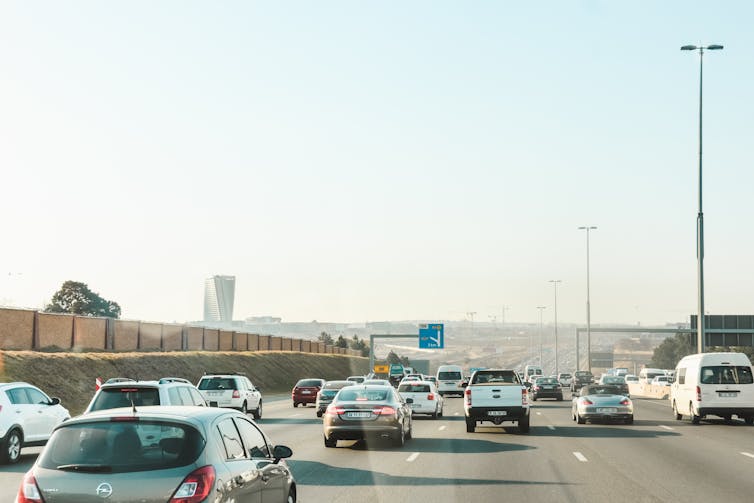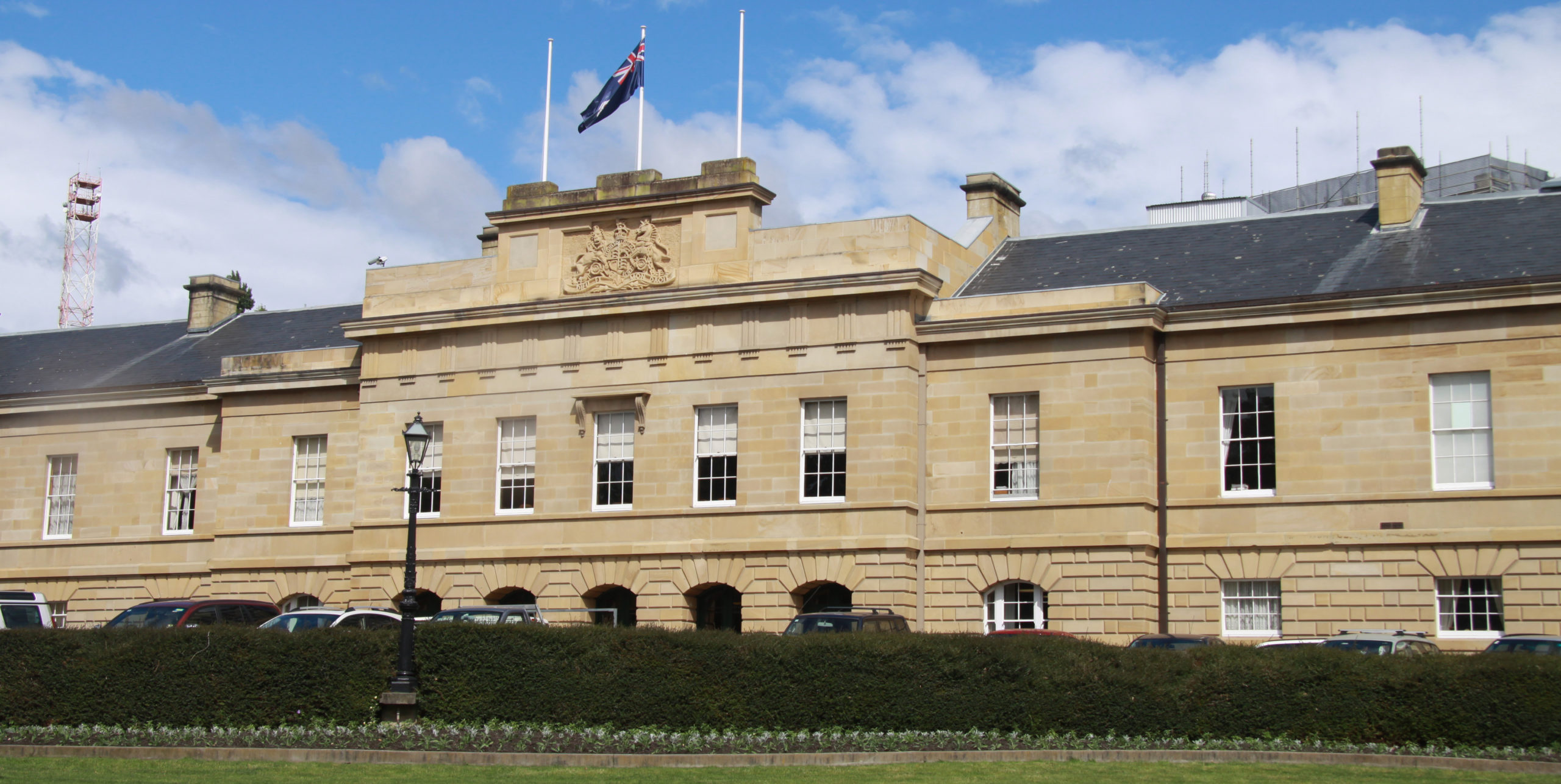Australia is facing a cost-of-living crisis. Rising costs of rent, fuel, food and power have increased financial stress for many households.
Authors
Edward Jegasothy
Lecturer, School of Public Health, University of Sydney
Sarah Hill
Senior Lecturer, Global Health, University of Sydney
While financial pressures are now being felt by a broader section of society, for many Australians, such pressures are constant.
The health costs of such socioeconomic disadvantage are startling. A 2021 report found the most disadvantaged 20% of Australians die four to six years earlier than the least disadvantaged.
One-fifth of the country’s ill-health would be avoided if everyone enjoyed the same socioeconomic circumstances as the top 20%. Internationally, more equal societies enjoy better overall health.
So how does financial hardship damage health? And what can we do about it?
Shorter lives with more disease
People in poorer socioeconomic circumstances do worse across almost all health measures. This includes life expectancy, non-communicable diseases (such as heart disease, diabetes), injuries, and as we’ve seen in the COVID pandemic, infectious diseases.
Compared to wealthier Australians, those who are worst-off carry a health burden 40% higher for anxiety, twice as high for heart disease and more than twice as high for diabetes.
Poor outcomes in disadvantaged groups are due to a mix of higher exposure to negative risk factors for health (environmental and occupational hazards, tobacco) and poorer access to positive factors (healthy food, preventative care, autonomy to make decisions for yourself and your family) than the broader population.
These disparities come about through disempowerment, social discrimination and disadvantage.
Poor health can also perpetuate financial hardship through reduced access to education, employment, and other key social resources, leading to a vicious cycle.
Financial hardship is bad for families, especially children
Households under financial stress have difficulty paying for essentials such as rent, food, clothing and heating. While they spend less in dollar terms on these items, expenditure on essentials accounts for a greater proportion of their total household income. This leaves people with less control over their wellbeing and quality of life.
Households experiencing socioeconomic disadvantage are also at increased risk of family disruption, stigma and domestic violence. The health burden of intimate partner violence is two-and-a-half times higher in the poorest 20% compared with the most advantaged 20% of households.
Financial hardship is particularly bad for children. Despite former Prime Minister Bob Hawke’s declaration that “by 1990, no Australian child will be living in poverty”, around one in six still do. This impacts their access to food, security and social participation.
It also has lifelong effects on their health and wellbeing, making it more likely they will experience financial hardship as adults, thus perpetuating the cycle of poverty.
Poor communities lack access to resources to improve their health
Socioeconomic disadvantage is often concentrated in particular communities, where social and environmental factors can further compromise health.
Loss of employment opportunities, limited public services and infrastructure such as transport are often exacerbated by political neglect and geographic disparities in local government resources. This is partly captured in Australia’s stark regional health inequalities: people in regional and remote areas are more likely to have heart disease, kidney disease and injuries.
While many communities respond to these challenges, long-term community health requires support from the wider society. This includes a commitment to listen and respond to local needs and priorities, address historical injustices (particularly for Indigenous communities), and invest in sustainable community development.
So what can we do about it?
Financial hardship is a structural problem, so tackling it is a daunting challenge, particularly in the current economic climate. But international evidence shows it is possible to reduce socioeconomic inequalities and improve health through collective action.
Such efforts require a commitment to “levelling up” society by expanding welfare, improving public services, and ensuring the political participation of disadvantaged groups.
As the link between poverty and health is related to disempowerment, to counter the effect, we need to empower people. This means listening to those experiencing poverty and disadvantage to understand their needs and including them in decision-making.

Australia’s response to the COVID pandemic shows it is possible to mobilise resources and political will in the face of a public health crisis. In 2020, the Australian government temporarily increased the unemployment benefit from its base rate (46% below the poverty line) – an implicit admission these payments were inadequate.
While poverty in Australia fell during the first two years of the pandemic, it has increased again as income supports have been phased out. Australia spends less on welfare than most high-income OECD countries and our taxes are spread less equitably. There is plenty of scope to improve this inequality by lifting benefit levels permanently to keep Australians out of poverty.
The health costs of financial hardship and inequality constitute a public health crisis, one that requires a collective commitment to “levelling up” society: the quintessentially Australian value of giving everyone a “fair go”.
The good news is, we have the tools to do this and the evidence to show it works – even in times of economic difficulty. Let’s make this a priority, for the sake of everyone’s health.
![]()
Edward Jegasothy is employed by the University of Sydney and is affiliated with the Public Health Association of Australia.
Sarah Hill does not work for, consult, own shares in or receive funding from any company or organization that would benefit from this article, and has disclosed no relevant affiliations beyond their academic appointment.








